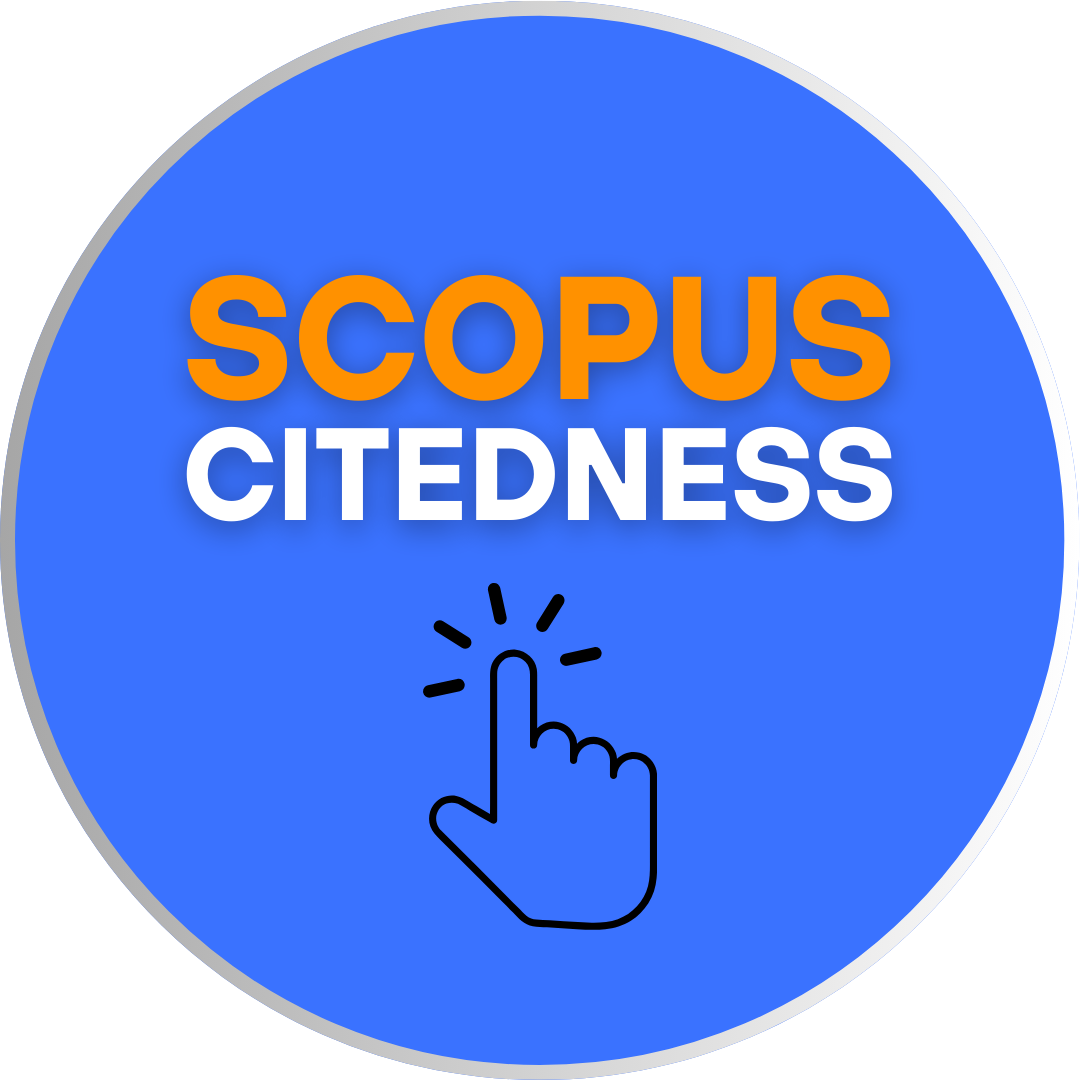COHESION ANALYSIS OF ISLAMIC READING TEXTBOOKS
DOI:
https://doi.org/10.18592/let.v5i1.1422Keywords:
Cohesion, A cohesive text, Reference, Anaphoric Reference, and Exophoric ReferenceAbstract
There are many students of Islamic Education and Teacher Training Facultyof IAIN Walisongo Semarang who have complained that Islamic reading texts used by their teachers are hard for them to understand. I examine this issue by seeing some linguistic aspects of those reading texts. This Qualitative and Descriptive approach highlighted the types of grammatical and lexical cohesive devices and the realization of cohesiveness of those reading textsbased on Halliday and Hasan’s theory.The result of the study shows that the six reading texts (A.1, 2, 3; and B.1, 2, 3) stated in reading textbooks: English for Islamic Studies, English for Islamic Studies 2, Understanding Islam; for Islamic Studies; in terms of cohesion (following Halliday and Hasan’s principles of reading texts) respectively the average score of anaphoric references: 54.17% for text A.3, 53.85% for text B.2, 53.06% for text A.1, 48.57% for text B.3, 41.86% for text B.1, 33.33% for text A.3. After consulting to the Halliday and Hasan’s principles of cohesion of the reading texts (1989), that the most cohesive reading texts is text A.3, whereas the least cohesive one is Text A.2. Finally, these factors will assist lecturers and students in choosing the appropriate book for them.References
Adam, MJ. (1979). A Schema-Theoritic View of Reading. New Jersey: Ablex Publishing Co.
Bachman, Palmer. (1996). Communicative Competence: A Content Specified Model. Modern Language Journal. Vol. 6:7-8.
Bogdan, R.C.and S.K. Biklen. (1998). Qualitative Research in Education. London: Allyn and Bacon.
Coulthard, M. And Montgomery, M. 1981. Studies in Discourse Analysis. London: Routledge and Kegan Paul.
Darwis, D. (1995). English for Islamic Studies. Jakarta: PT Rajarafindo Persada
Eggins, S. (1994). An Introduction to Systemic Functional Linguistic. London:Pinter Publishers.
Gerot, L. and P.Wignel.(1994). Making Sense of Functional Grammar. New South Wales: Gerd Stabler.
Halliday, M.A.K. and R. Hasan. (1985). Language, Context, and Text: Aspect of Language in a Social Semiotic Perspective. Melbourne: Deakin University Press.
Halliday, M.A.K. and R. Hasan. (1989). Cohesion in English. London:Longman
Halliday, M.A.K. (1994). An Introduction to Functional Grammar. London: Edward Arnold.
Horning, A. Readable Writing: The Role of Cohesion and Redundancy. http//jac.gsu.edu/jac/11.1/articles/g.htm ( retrieved October, 9th 2010).
Hymes, Dell. (1982). The Concept of Communicative Competence Revisited. Charlottesville: University of Virginia.
Mahsun ,T and Siti Maryam. (2005).English for Islamic Studies 2.Semarang: Unit Pembinaan Bahasa..
Mickulecky, B. S. (1986). Reading Power. Massachusetts: Addison Wesley Publishing Company.
Murcia, M.C. et al, (1995). Communicative Competence: A Pedagogically Motivated Model with Content Specifications. The Modern Language Journal. Vol. 6.
Muslih MZ.(2009). Understanding Islam; for Islamic Studies. Semarang: Walisongo Press.
Patton, M.Q. (1980). Qualitative Evaluation Methods. London:SAGE publications Ltd.
Savignon. (1990). Receptive Vocabulary Acquisition for Reading Comprehension. The modern language journal Vol. 3.
Swain, (1980). Classroom Explanatory Discourse: A Look At How Teacher Explain Things to Their Students. The Journal of Language Awarness. Vol. 5.
Utomo,S. (2000). Cohesion of Reading Passages Used in English Textbooks for the First Term, Second Year of Senior High School. A Thesis. Semarang: Graduate Program, State University of Semarang.
Widdowson, H.G. (1972). The Teaching of English as Language Communication. In Brumfit and Johnson.
Downloads
Published
How to Cite
Issue
Section
License
Authors who publish with this journal agree to the following terms:
- Authors retain copyright and grant the journal right of first publication with the work simultaneously licensed under a Creative Commons Attribution License that allows others to share the work with an acknowledgement of the work's authorship and initial publication in this journal.
- Authors are able to enter into separate, additional contractual arrangements for the non-exclusive distribution of the journal's published version of the work (e.g., post it to an institutional repository or publish it in a book), with an acknowledgement of its initial publication in this journal.
- Authors are permitted and encouraged to post their work online (e.g., in institutional repositories or on their website) prior to and during the submission process, as it can lead to productive exchanges, as well as earlier and greater citation of published work.
LET (LINGUISTICS, LITERATURE, AND LANGUAGE TEACHING) http://jurnal.uin-antasari.ac.id/index.php/let/index licensed under a Creative Commons Attribution 4.0 International License.
















